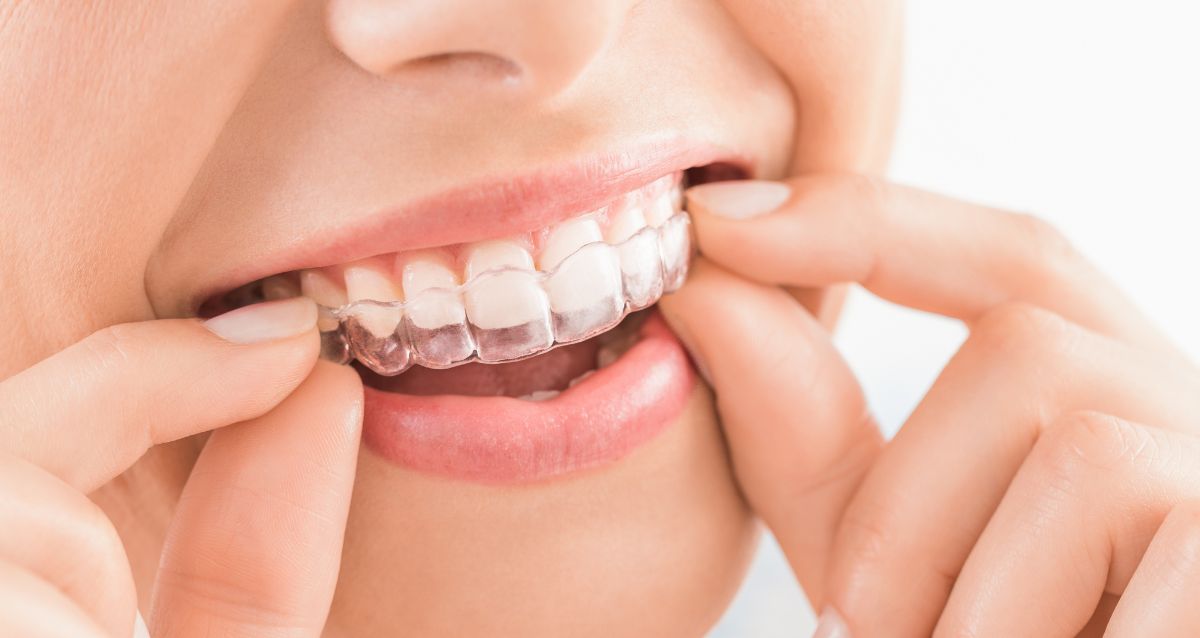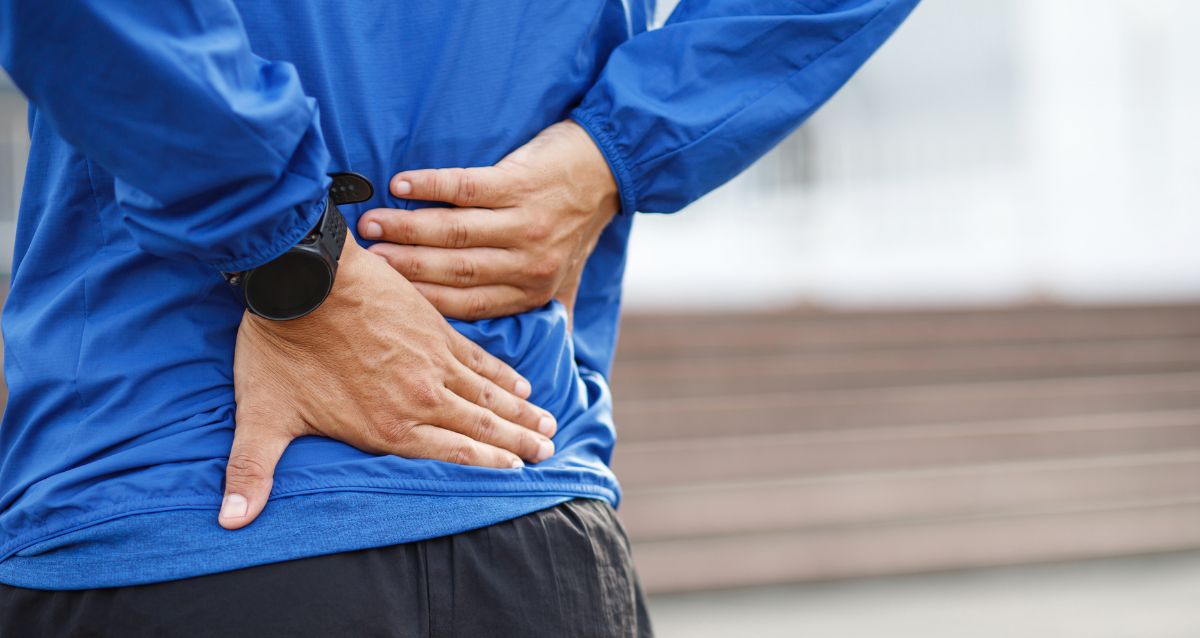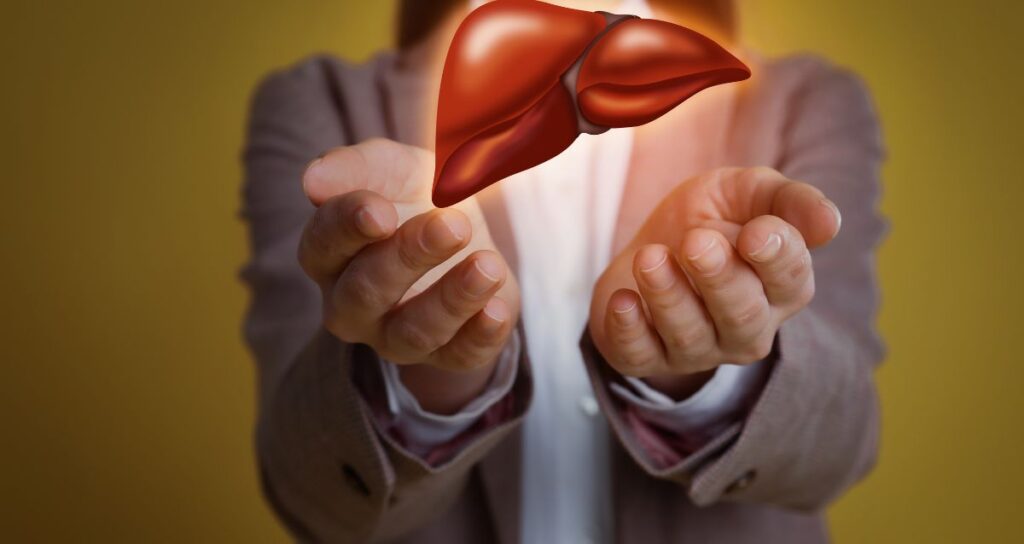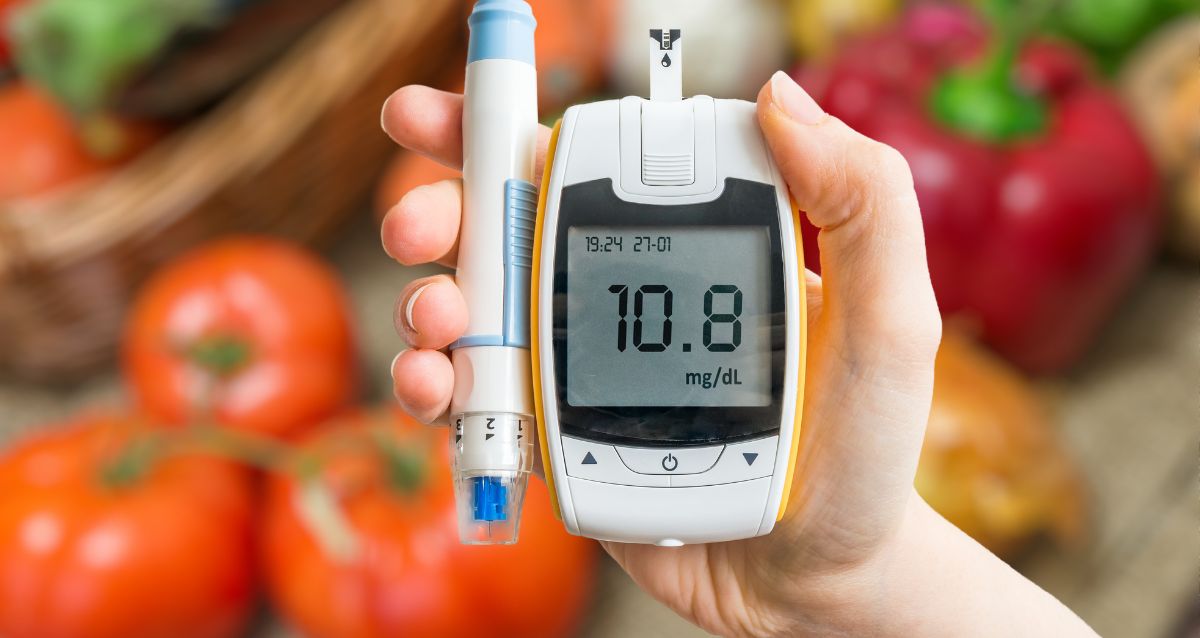
How to tackle Fatty Liver Disease
Fatty liver disease can lead to serious health problems such as steatosis and cirrhosis. Learn how to tackle fatty liver problems and more with this helpful guide. Fatty liver disease is becoming a growing problem: 63% of UK adults are obese and overweight, and one in three has early-stage non-alcoholic fatty liver disease (NAFLD). To help you understand the symptoms and risks of fatty liver disease and how to address it, we’ve put together an insightful and informative blog that covers key issues as well as advice and evidence-backed research.
From learning the right fatty liver diet plan to NAFLD symptoms and steatosis, discover our ultimate guide to fatty liver disease and take proactive steps toward a healthier life.
What is fatty liver?
Fatty liver disease occurs when excess fat in the liver exceeds 5-15% of the total liver weight. It is normal for the liver to contain a small amount of fat, but when this percentage is exceeded, fatty liver disease is medically diagnosed.
Fatty liver comes in two forms:
- Non-alcoholic fatty liver disease (NAFLD)
- Alcoholic fatty liver disease (AFLD)
Symptoms of fatty liver
Since the liver has over 500 functions, it’s no surprise that many physical and mental symptoms can indicate fatty liver disease.
According to various medical publications, NAFLD fatty liver symptoms may include any of the following signs:
· Pruritus/itching with rash and eczema
· Acne
· Yellowing of eyes and skin
· Spider-like blood vessels and veins
· Fluid accumulation and swelling in the legs (edema) and (abdomen)
· Mental difficulties, confusion and depression
· Loss of appetite
· Constipation and diarrhea
· Headaches and migraines
· Pain or heaviness in the right chest
· Indigestion, bloating, or food sensitivities
· Frequently feeling angry and frustrated
Thyroid problems (70% of thyroid metabolism occurs in the liver)
· Disturbed sleep
· Floating chair
· Seasonal allergies
· Overly sensitive to caffeine
· Bacterial, fungal or parasitic growth
· Morning fatigue (low energy may be a sign that your liver is not filtering toxins effectively overnight)
· Difficulty losing weight/fat loss
· Feeling unwell after eating
· Difficulty thinking and concentrating
· Dark circles under the eyes, where the skin is thinner than elsewhere
However, fatty liver disease is asymptomatic only when the condition has progressed to a more severe stage.
Depending on whether someone has NAFLD or AFLD, causes of fatty liver may include:
· Excessive accumulation of fat in the liver
· Excessive alcohol consumption can cause fat overload in the liver
· Overweight or obese
· Insulin resistance
High blood sugar (prediabetes or type 2 diabetes)
· High levels of fat (triglycerides) in the blood
A diet rich in sugars, starches, and simple carbohydrates is converted into fat by the liver and stored in our body as fat depots. If you eat too much protein and carbohydrates, they can be converted into triglycerides, stored in fat cells and deposited by the liver.
Is fatty liver bad?
Fatty liver disease poses health risks that can be measured in four stages:
1. First, the initial accumulation of excess fat in the liver does not cause further problems.
2. Secondly, steatohepatitis may be caused by inflammation of the liver caused by fat accumulation.
3. Third, long-term inflammation of the liver can lead to fibrosis and scarring, thereby impairing liver function.
4. Eventually, the scarring of the liver expands and leads to cirrhosis, which is the most serious stage and is irreversible.
Reaching stage 4 of cirrhosis can lead to a number of other health problems, such as: B. A buildup of fluid in the abdomen, called “ascites,” and swollen veins in the esophagus that may rupture and bleed. Psychological effects can lead to hepatic encephalopathy, with patients experiencing confusion, drowsiness, and slurred speech.
Deadly consequences of cirrhosis include liver cancer and end-stage liver failure (where the liver stops functioning). High levels of liver fat are also linked to diabetes, high blood pressure and kidney disease.
Non-alcoholic fatty liver disease (NAFLD) and alcoholic fatty liver disease (AFLD)
Now that we understand the risks of fatty liver disease, let’s look at how NAFLD differs from AFLD:
nonalcoholic fatty liver disease
NAFLD cases are increasing worldwide, especially in Western countries. For example, in the United States, NAFLD is the most common chronic liver disease, affecting nearly 25-30% of the population.
NAFLD comes in two forms:
· Non-alcoholic fatty liver disease (NAFL) consists of 5% or more hepatic steatosis without associated fibrosis or hepatocellular damage.
· Nonalcoholic steatohepatitis (NASH), also hepatic steatosis of 5% or more, but with hepatocellular damage and inflammation (with or without fibrosis).
AFLD
The main cause of AFLD is excessive alcohol consumption, which leads to excessive accumulation of fat and may damage the liver. Alcohol-fat accumulation in the liver is the first stage of AFLD and may lead to more serious health problems in the future.
NAFLD or AFLD: Which is worse?
NAFLD and AFLD are both serious health problems worldwide. Hepatocellular degeneration occurs to a greater extent in NAFLD than in AFLD. On the other hand, inflammatory cell infiltration is more common in AFLD.
Additionally, venous or perivenous fibrosis and lymphophlebitis are more likely to be problematic in AFLD than in NAFLD, according to the National Institutes of Health. Other medical journals claim that up to 30% of NAFLD patients will develop NASH, and at least 30% of NASH patients will go on to develop cirrhosis.
Cirrhosis is a serious health problem in which liver cells are gradually replaced by scar tissue, causing irreversible effects on liver function. Having NAFLD also increases your risk of cardiovascular disease, which can lead to fatal heart attacks and heart failure.
Therefore, it’s hard to say which one is worse, as both can lead to a number of health problems that can become serious. Fatty hepatocyte infiltration may be more severe in AFLD, but NAFLD appears to more commonly lead to steatosis and cirrhosis.
Best scene? Avoid both.
How to Treat Fatty Liver Disease
Reversing or preventing fatty liver disease depends largely on the right lifestyle, diet, and supplements. Regular exercise can help you lose fat, which can lead to fatty liver disease. However, probably the most important aspect is what you eat and drink.
Diet changes can help fight fatty liver disease
As the old saying goes, “You are what you eat.” To ensure our livers stay healthy and reverse fatty liver disease, we need to avoid harmful foods and excess alcohol.
Therefore, some of the following foods should be included and eliminated in your fatty liver diet plan:
Foods to include in a fatty liver diet plan:
· fruit
· green vegetables
· Coffee (reduces abnormal liver enzymes)
· Beans and soybeans
· fish
· oatmeal
· Nuts
· Turmeric
· Sunflower seeds
· garlic
Foods to Avoid in Fatty Liver Diet Plan
· Alcohol
· Added sugar
· fried food
· Add salt
· White bread, rice and pasta
· red meat
Care for your liver with our powerful nutritional supplements
Do you want to change something? del-liver-ance is a powerful liver supplement that helps maintain your overall liver function and supports the immune system with seventeen natural ingredients and antioxidant properties.
Our botanical extract elixirs are scientifically researched and developed with a blend of herbs, roots and natural extracts to protect, maintain and improve your liver health while improving your cognitive abilities and mental clarity.
Related Articles


Rehab after a Slip Disc.

Exercises To Help You in Slip Disc




